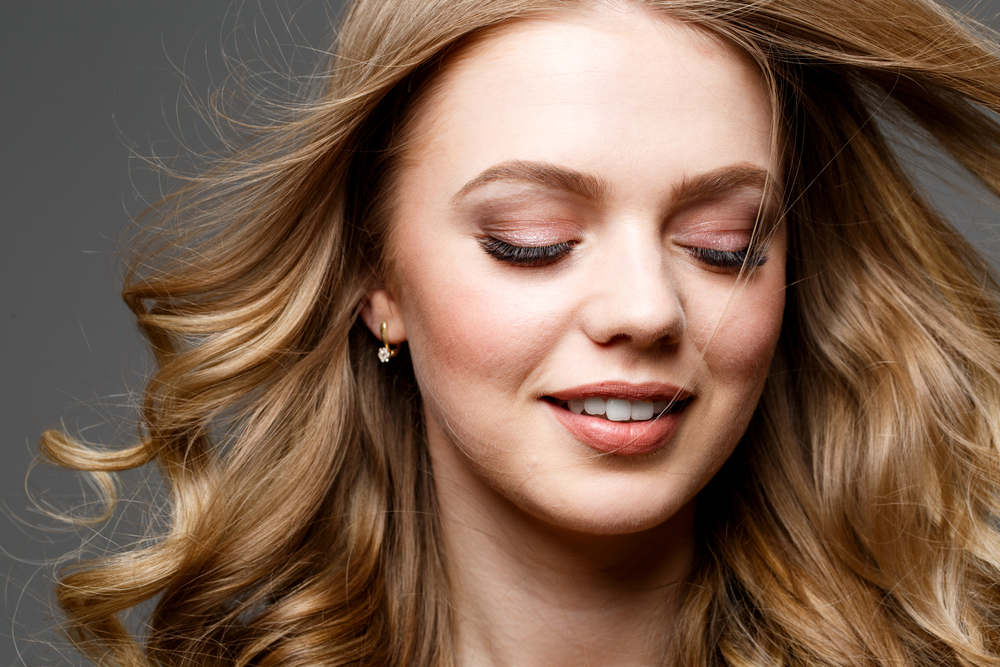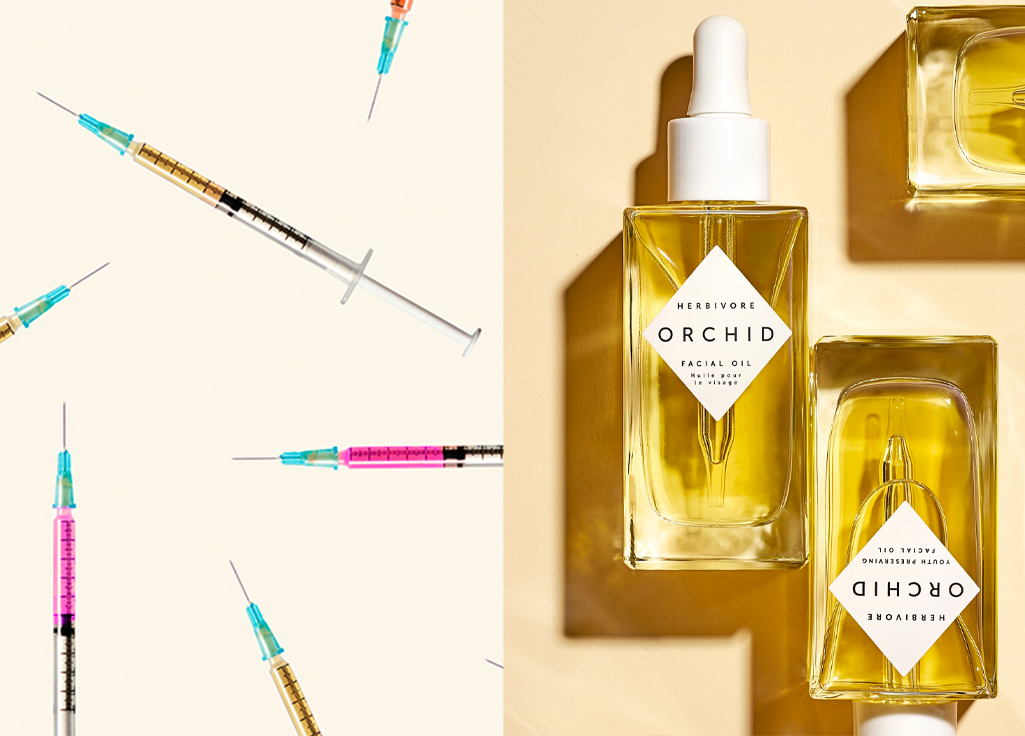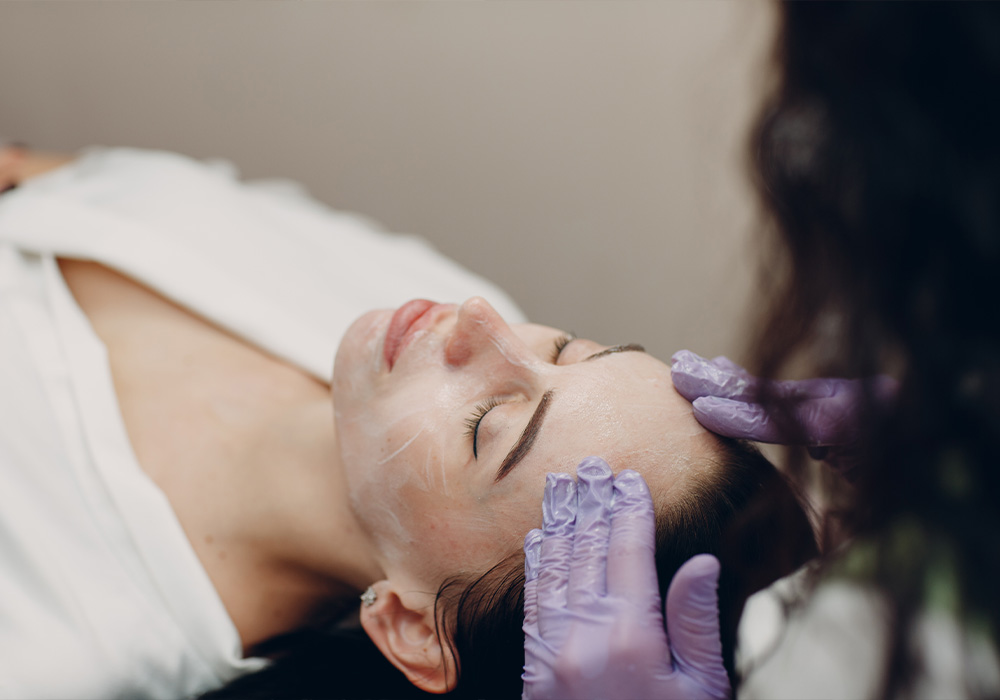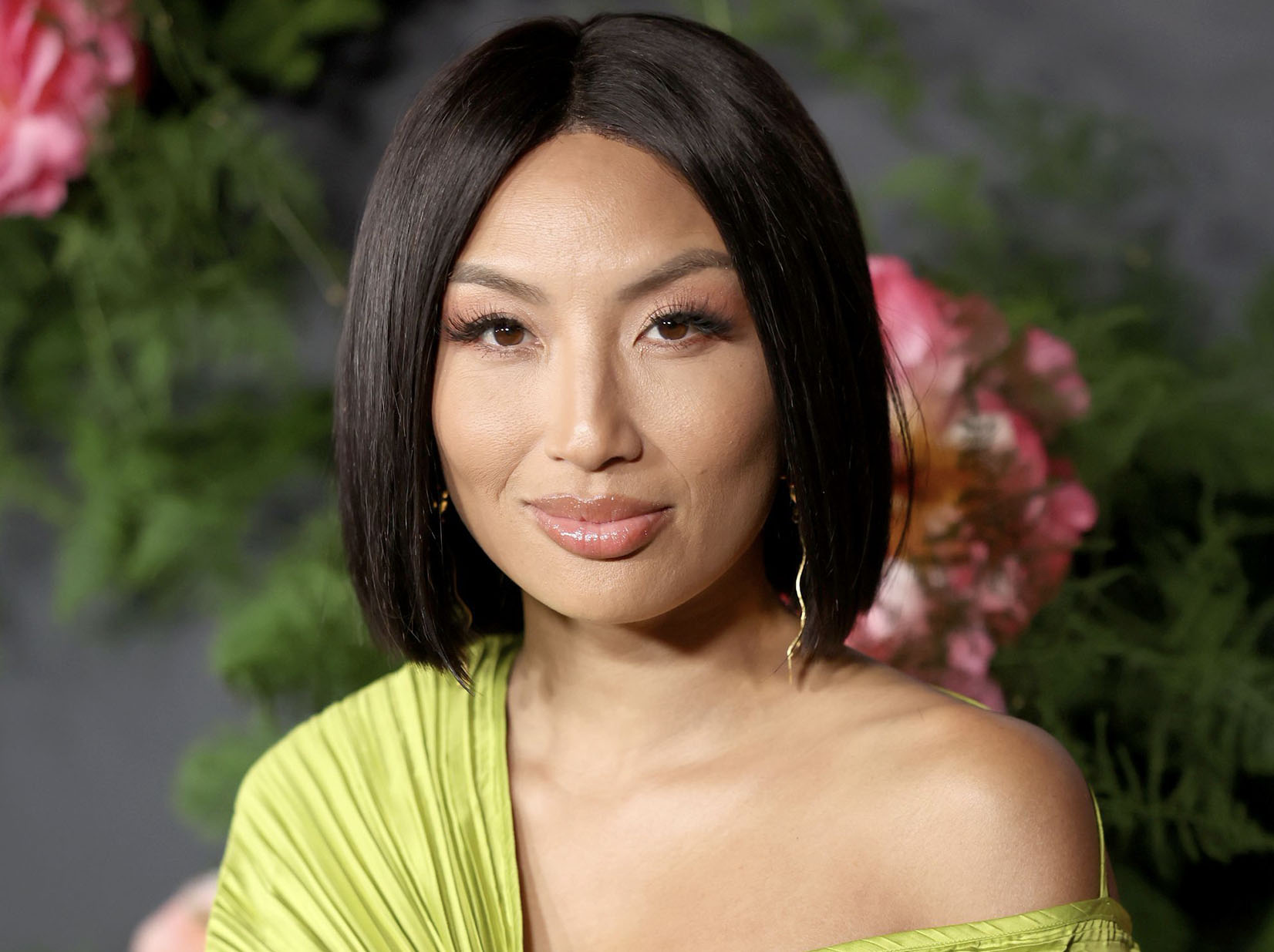A common complaint many doctors hear from patients is that their brows look droopy, which makes them look tired or angry, even when they aren’t. But many people don’t want to go under the knife for a surgical browlift, and the idea of injections doesn’t appeal to everyone either. Luckily, thanks to high-tech noninvasive devices, you have other options.
You May Also Like: I Got Dysport and It Totally Changed My Eyebrows
If the skin around your upper eyelid and eyebrow is loose (mild to moderate), chances are you don’t need an invasive procedure to correct it. Your dermatologist or plastic surgeon (make sure they’re board-certified) can use Ultherapy instead to lift the skin back to a youthful position.
“Ultherapy is the only noninvasive treatment cleared by the FDA to actually lift the skin,” says Chattanooga, TN, dermatologist John Chung, MD. “This device delivers heat energy to activate your body’s own response to produce new collagen, which tightens and lifts the skin. It works well if you have a lowered brow line, an uneven brow line or excess skin/hooding on your upper eyelids.”
Katy, TX, dermatologist Sherry Ingraham, MD says many patients prefer trying subtle corrective techniques like Ultherapy before they consider exploring more extensive surgical options. “This is particularly true for patients in their late 30s to 50s,” she adds. “These types of nonsurgical procedures provide them with a more rested and youthful appearance without having to take time off of work to recover, which is often the case with surgery.”
You May Also Like: A Better Brow Technique You’ve Never Seen Before
Another plus is that it’s a pretty quick treatment. According to Dr. Chung, a typical session can be done in about 30 minutes. And in terms of any pain you might experience, it varies from patient to patient. “Some patients feel little to no pain, while others feel some discomfort when the energy is being delivered.” Dr. Ingraham likens the discomfort to a “slight tingling or warm sensation.” There is no downtime (you can put on makeup and go back to work immediately after the procedure), but the treatment may cause some temporary redness, swelling or slight bruising.
“Typically patients only need one treatment to see results, but it depends on the severity of the problem,” says Dr. Chung. “Some patients may benefit from additional treatment, so your doctor will advise what’s best for your specific concerns.” Dr. Ingraham adds that the results of Ultherapy are also gradual—maximum benefits are visualized six months after the treatment. “This appeals to patients because they want natural-looking results that won’t be immediately obvious to their friends or family,” she explains.

















